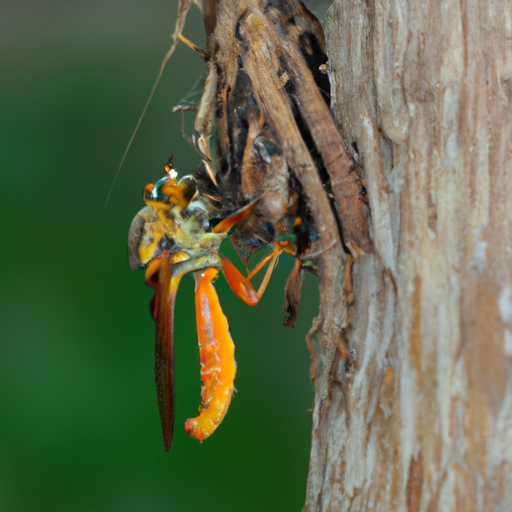 Introduction:
Introduction:
Nature’s diversity never ceases to amaze us, with animals displaying an array of fascinating behaviors. Among these behaviors lies one of the most intriguing and disturbing phenomena – cannibalism. While the term cannibalism often evokes images of human societies and their darkest rituals, it is important to acknowledge that cannibalism also exists in the animal kingdom. This article embarks on an extensive journey, delving into the diverse range of animals that practice cannibalism, exploring the reasons behind such behavior, and shedding light on the evolutionary significance of this seemingly macabre act.
1. Insects:
Cannibalism within insect populations is a well-documented phenomenon. Praying mantises, notorious for their predatory nature, are known for cannibalistic behavior, wherein females devour males during or after mating. Another intriguing example is the female redback spider, which often consumes the male during copulation, thereby ensuring a nutrient-rich meal to aid in egg production.
2. Arachnids:
The world of arachnids is not devoid of cannibalistic tendencies either. Female black widow spiders are infamous for their propensity to consume males after mating. This behavior serves as a form of sexual cannibalism, where the female gains vital nutrients, and the male’s sacrifice ensures successful fertilization.
3. Amphibians and Reptiles:
Within the amphibian realm, the African bullfrog stands out as a cannibalistic species. These voracious predators frequently consume smaller individuals of their own species, demonstrating cannibalistic tendencies even from a young age. Similarly, several reptiles, including snakes and crocodiles, have been observed showcasing cannibalistic behavior, primarily targeting smaller individuals or even their own young.
4. Fish:
Cannibalism among fish occurs across various species and often serves as a survival mechanism. In some cases, larger predatory fish consume smaller individuals, ensuring their own survival by eliminating potential competitors. For instance, the African tigerfish exhibits cannibalistic behavior, targeting smaller fish within its habitat. Additionally, certain species of sharks, such as the sand tiger shark, have been known to consume their own siblings while still in their mother’s womb, providing an early example of cannibalistic tendencies.
5. Birds:
While cannibalism is relatively rare in the avian world, some species do exhibit this behavior under specific circumstances. In times of food scarcity, adult birds may resort to consuming their own young as a desperate measure to survive. A notable example is the Adélie penguin, where parents sometimes consume their chicks due to a lack of food resources. Additionally, predatory birds such as eagles and hawks have been observed engaging in cannibalism, preying on other members of their own species.
6. Mammals:
Cannibalism among mammals is relatively uncommon, but a few notable instances have been observed. Hamsters, for instance, may exhibit cannibalistic behavior when stressed or in conditions of overcrowding. Infanticide among mammals, wherein adult males kill the offspring of rival males, can also be considered a form of cannibalism. Such behavior is observed in lions and other big cats, as well as certain primates.
Conclusion:
The phenomenon of cannibalism in the animal kingdom is a fascinating and complex subject. While it may seem gruesome to human sensibilities, it serves various purposes, such as population control, nutrient acquisition, and survival under challenging circumstances. Understanding the ecological and evolutionary factors behind cannibalistic behavior provides valuable insights into the intricacies of animal adaptations and the delicate balance of nature. By shedding light on this dark side of the animal kingdom, we gain a deeper appreciation for the diverse strategies that exist in the quest for survival.
